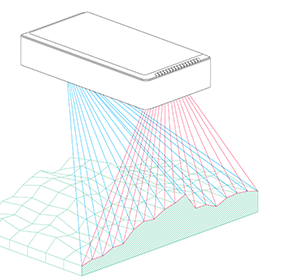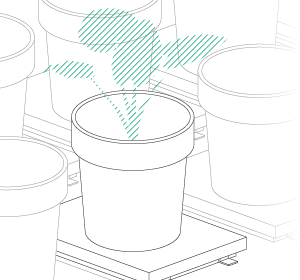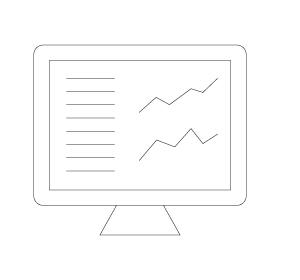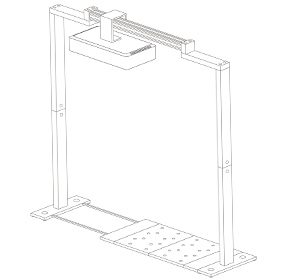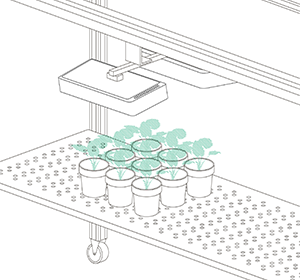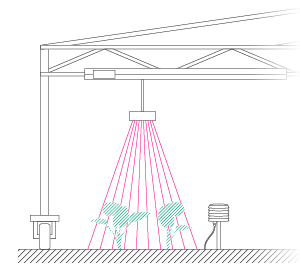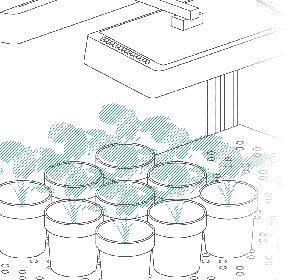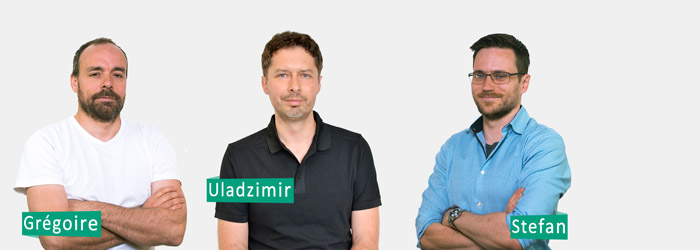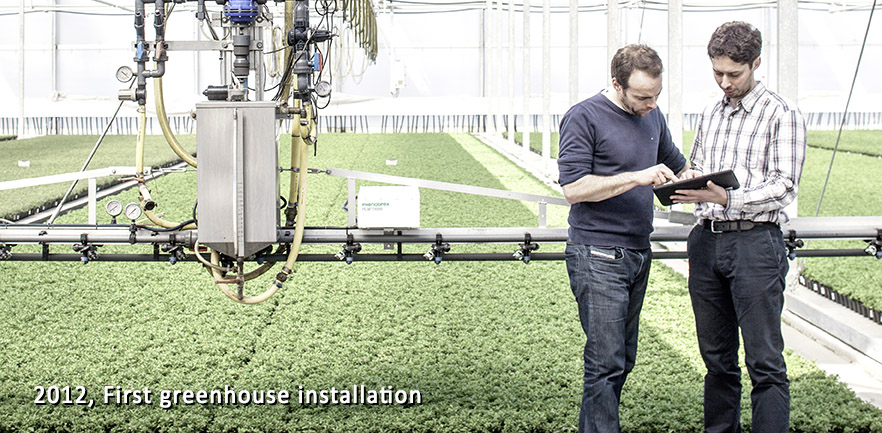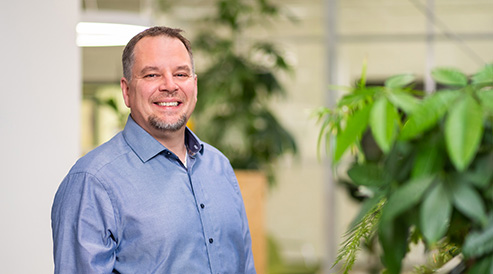Farewell Uladzimir
Over the past ten years, we’ve developed and perfected the sensor I always dreamed of – a sensor that captures essential data about crops, independent of the environment they’re growing in. Ten years after founding Phenospex the founding partners Uladzimir Zhokhavets and I, decided to continue our individual paths.
Phenospex continues to push the boundaries of plant phenotyping, striving to become the industry standard for phenotyping solutions. Uladzimir, former CTO of Phenospex, is leaving the company to embark on a new venture. Continuing to develop sensors based on our epic PlantEye technology, Uladzimir will be expanding the availability of 3D multispectral imaging to industries outside the crop-related sector and therefore beyond the scope of Phenospex. Phenospex is now well placed to move to the next level: developing solutions to automate and digitalize phenotyping applications in the production environment of the breeding, farming and crop protection industries.
We can be proud of what we’ve achieved together over the past ten years, and I am grateful to Uladzimir for the time and effort he invested in our vision. Starting from nothing, we’ve become the market leader in digital plant phenotyping solutions. Appropriately, Uladzimir was instrumental in recruiting and training the highly skilled team of solution engineers and software developers who will continue the work the two of us began. Our COO, Stefan Schwartz, will now lead the Phenospex R&D team and guide the company into this exciting new era.
Digital plant phenotyping is still in its infancy. However, in the past ten years we have developed solid sensor solutions and a powerful automation and data analysis infrastructure. Together with our clients and partners we have gained invaluable experience along the way. We are now on the verge of pushing digital plant phenotyping to become a standard in the breeding, farming and crop protection industries.

